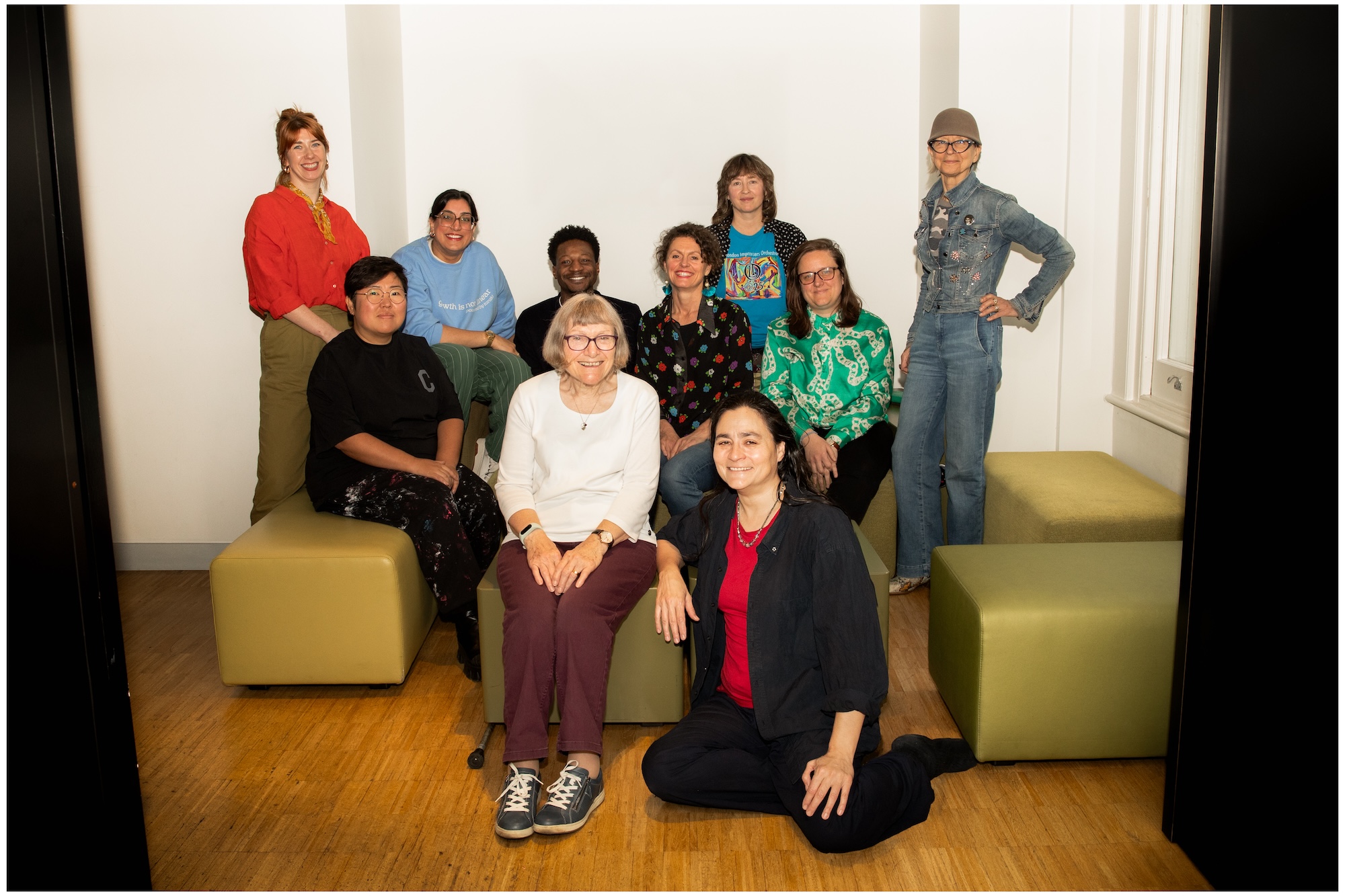Fellowship to support five UK-based artists and collectives working at the intersection of art and community practice returns

Art has always been a powerful tool for expression and storytelling, reflecting the values and concerns of society. In recent years, there has been a growing interest in artistic practices that actively engage with communities and address social and political issues. From the Dadaist movement in the early 20th century to the street art of Banksy today, art has proven its ability to challenge the status quo and initiate meaningful conversations.
The intersection of art and community practice has given rise to a new breed of artists who use their creative skills to bring about positive change in their communities. These artists see their role as not just individuals creating art, but as catalysts for social transformation. Their work goes beyond galleries and museums, taking art to the streets, schools, community centers, and other public spaces where people can directly engage with it.
At a time when the world is grappling with pressing issues such as climate change, inequality, and social injustice, the need for art that inspires empathy, fosters dialogue, and promotes collective action is more important than ever. The upcoming Fellowship program aims to support and empower UK-based artists and collectives who are leading the way in this field.
A Historical Perspective

This focus on art and community practice is not new. Throughout history, artists have often found themselves at the forefront of social movements, challenging power structures and advocating for change. The Guerrilla Girls, an anonymous group of female artists, emerged in the 1980s to highlight gender and racial inequality in the art world. Their provocative posters and performances forced the establishment to confront its biases and sparked conversations that continue to this day.
In the UK, the Black Arts Movement of the 1980s was instrumental in advocating for the visibility and recognition of Black artists. This movement, led by artists such as Lubaina Himid and Sonia Boyce, paved the way for a more inclusive and diverse art scene. Their work not only challenged the lack of representation but also questioned the Eurocentric canon that dominated the art world.
The Power of Collaboration
One of the defining characteristics of art and community practice is its collaborative nature. Artists often work with local communities, activists, and organizations to co-create projects that address specific issues affecting their lives. This collaborative approach not only ensures that the work is rooted in the needs and aspirations of the community but also fosters a sense of ownership and empowerment among participants.

In recent years, there have been numerous examples of successful collaborations between artists and communities. The Occupy Wall Street movement, for instance, brought together artists, activists, and citizens from all walks of life to protest against economic inequality. The movement’s use of visual art, performances, and creative interventions captured the attention of the world and sparked a global conversation about wealth distribution and social justice.
The Fellowship Program
In recognition of the importance of art and community practice, the Fellowship program is back to offer support to UK-based artists and collectives who are pushing boundaries and making a difference. The selected fellows will receive financial support, mentorship, and networking opportunities to further develop their practice and amplify their impact.
The program aims to create a space for artists to explore innovative approaches, experiment with new forms of collaboration, and engage with diverse communities. It seeks to nurture a new generation of artists who are committed to using their creative talents not just for personal expression but also to bring positive change to the world around them.
“The arts have a crucial role to play in addressing the pressing issues of our time. The Fellowship program recognizes and supports artists who are at the forefront of this vital work,” says the program director.
As we navigate an ever-changing and complex world, art and community practice offer a beacon of hope and resilience. They remind us of the power of creativity and collaboration to transcend boundaries and bring people together. The Fellowship program serves as a reminder that artists have a unique ability to shape our collective future and make the world a better place.

